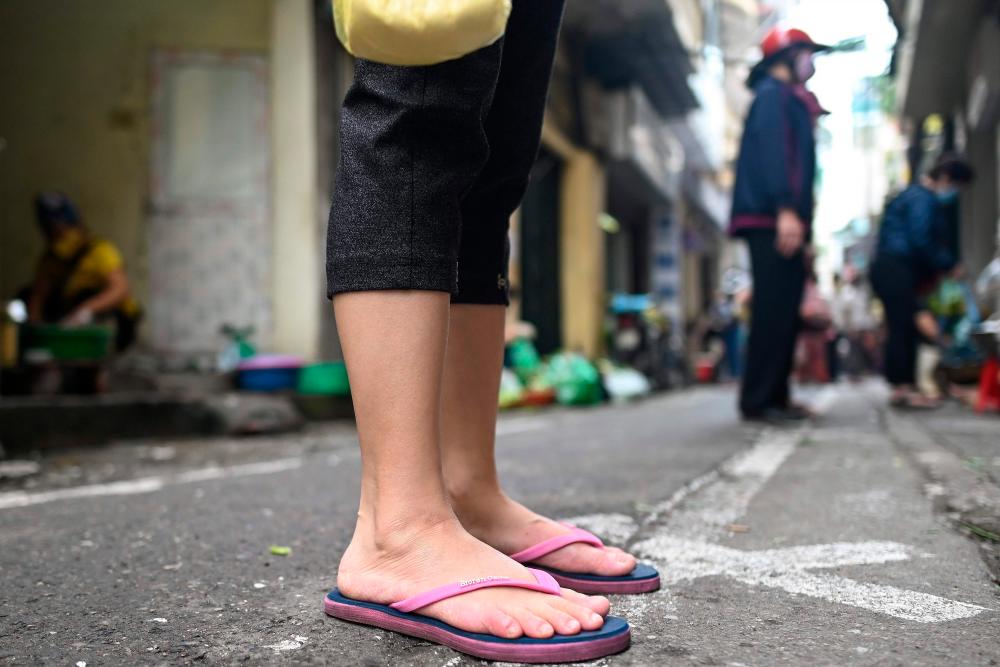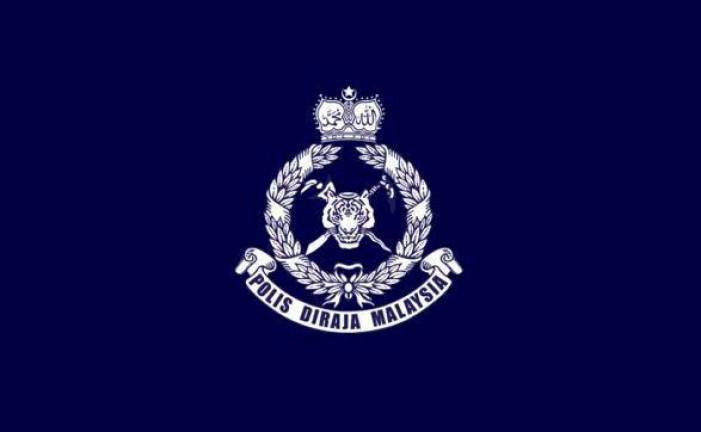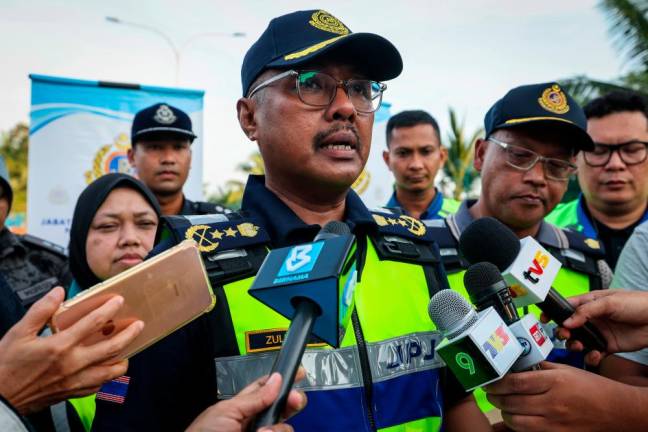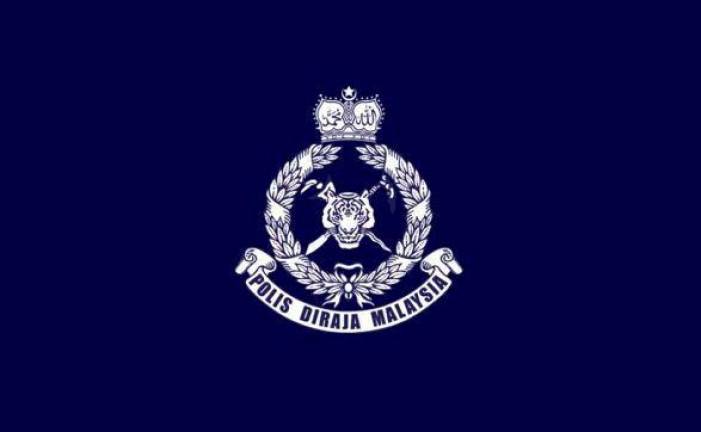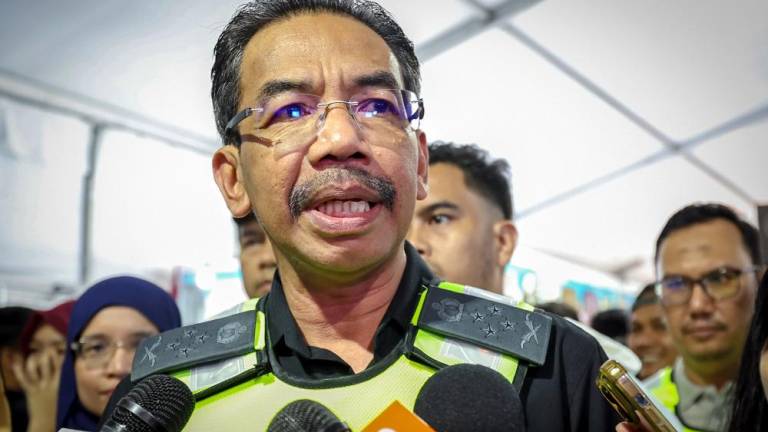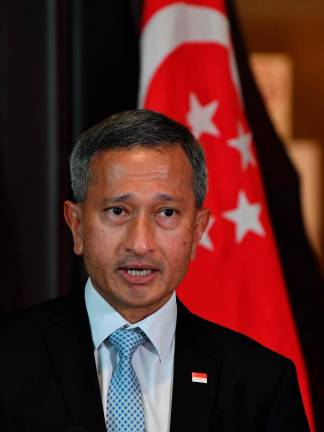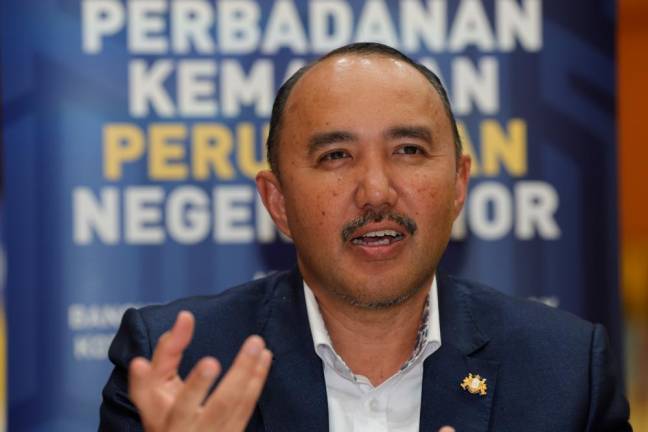VIETNAM is the 15th most populous country in the world with 97 million people. According to its Ministry of Health, as of April 21, there were 268 confirmed cases of Covid-19, with 214 recovering or discharged from hospitals, and no deaths.
Poor country, early action
With officials acting quickly to trace and test contacts, as well as quarantine and treat the infected, Vietnam contained the first wave of infections in January. Following a second wave of 41 cases, Vietnam imposed a national isolation order on March 31. The country has conducted more than 121,000 tests, with more than 75,000 people in quarantine or isolation.
After more than a dozen people, linked to Bach Mai Hospital in Hanoi, tested positive, authorities have been tracing contacts, advised more than 10,000 people who were at the hospital since March 12 to get tested, and locked down a nearby rural hamlet for 14 days.
The Australian Strategic Policy Institute noted “Vietnam’s experience demonstrates how, by focusing on early risk assessment, effective communication and government-citizen cooperation, an under-resourced country with a precarious healthcare system can manage the pandemic. Decisive leadership, accurate information and community solidarity empower people to protect themselves.”
The influential World Economic Forum, the Financial Times and others laud Vietnam as a low-cost Covid-19 success story to be emulated by poor countries with limited resources.
Containing infection
Some key features of Vietnam’s response are similar to East Asian responses, with its infection rates significantly lower than even Taiwan’s. For many developing countries struggling to cope with the pandemic, key aspects of its response are very relevant.
Early action
Having experienced the SARS1, avian flu and other epidemics, Vietnam acted early and pro-actively. When only 27 Covid-19 cases had been detected in Wuhan City in mid-December 2019, Vietnam’s MoH issued prevention guidelines, including close monitoring of border areas and other steps to prevent infection.
When China officially confirmed the first death due to the coronavirus on Jan 11, Vietnam quickly tightened health checks at all borders and airports. Visitors’ body temperatures were checked on arrival; anyone with symptoms, such as cough, fever, chest pain or breathing difficulties, were quickly isolated for testing, and strictly monitored, while contacts were traced for follow-up action.
Other tough measures followed, including closing schools, rationing surgical masks, cancelling some flights, and restricting entry to most foreigners. They have been imposed unevenly, as needed, rather than as blanket, across-the-board measures. The government has asked all citizens to make online health declarations.
Selective quarantine
Vietnam was the first country after China to seal off a large residential area. After cases were traced to workers returning from Wuhan, it imposed a 21-day quarantine on Feb 13 in part of Vinh Phuc province, where more than 10,000 people live.
The government ordered that all arrivals be quarantined, while those who arrived after March 8 were required to undergo medical evaluation. Two communes were put under lockdown on March 9 after a tourist with the virus visited them.
Affordable effective testing
Vietnam developed a fast, efficient and affordable test kit within a month. Many countries have shown interest in the kit which uses a WHO-approved technique. Rapid development of the kit followed extensive consultations with a wide range of scientists coordinated by the Ministry of Science and Technology.
Rather than mass testing, key to wealthier South Korea’s response, Vietnam has focused on isolating the infected, and tracking “primary” (direct) and “secondary” (next-level indirect) contacts to trace and test those more likely to be infected.
Concerned about stigmatisation, Vietnam refers to infected persons by their case numbers. Exceptionally, the government published the identity and itinerary of a prominent figure who had tested positive. When local businesses were reportedly ostracising foreigners, the prime minister spoke out against such discrimination.
Social mobilisation
Medical students as well as retired doctors and nurses have been mobilised. According to Tran Dac Phu, a senior adviser to Vietnam’s Emergency Operation Centre, “We have to mobilise all of society to the best of our capability to fight the outbreak together, and it’s important to find the cases early and isolate them”.
A fund-raising campaign to buy medical and protective equipment for doctors, nurses, police and soldiers in close contact with patients, and for those quarantined, was launched on March 19. By April 5, more than 2.1 million appeals had been texted, with a considerable sum raised for the relatively poor society.
Transparency
The MoH’s online portal immediately publicises each new case to all major news outlets and the general public, with details including location, mode of infection and action taken. Information is broadcast by television and via social media, including texts to all handphones.
Different ministries have jointly developed an “app”’, reputedly very easy to use, allowing users to: submit health and travel information to get tested; know “hotspots” where new cases have recently been detected; and get up-to-date information regarding best practices in Vietnam.
Vietnam’s response has earned a high level of trust among its citizens. About 62% of Vietnamese surveyed, in the single largest global public opinion study on Covid-19, think the government is doing “right”, compared to the global average of around 40%.
Solidarity
While some rich countries act selfishly, Vietnam is following in the steps of Cuba and China in demonstrating humanitarian solidarity in the face of the Covid-19 threat to humanity.
It has shipped 450,000 protective suits to the US for healthcare professionals, and donated 550,000 masks to five European countries. Vietnam has also donated protective clothing, medical masks, testing equipment and kits – worth over US$300,000 – to Cambodia and Laos, and testing kits to Indonesia.
Emphasising the importance of social solidarity, Prime Minister Nguyen Xuan Phuc has described Vietnam’s efforts to contain the virus as the “spring general offensive of 2020”, referring to the crucial 1968 Tet Offensive by ‘Viet Cong’ guerillas during its last war. – IPS



